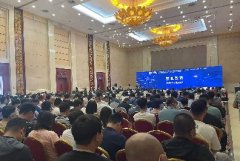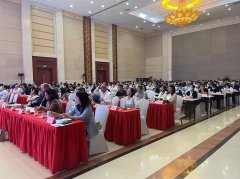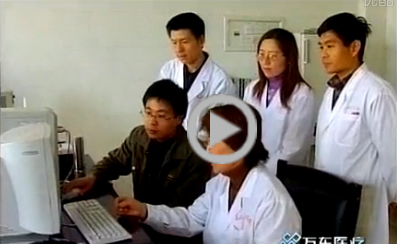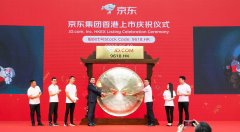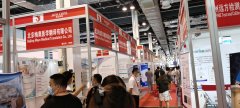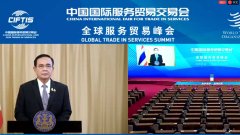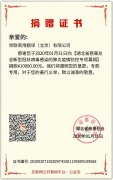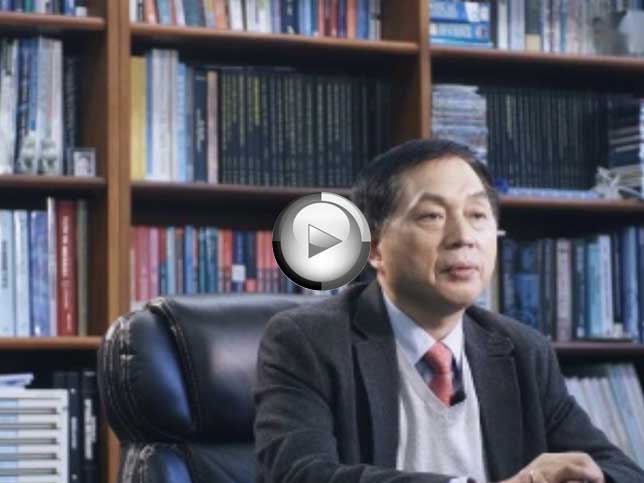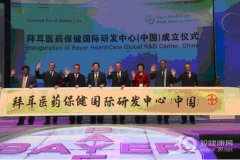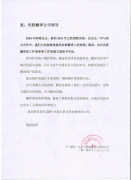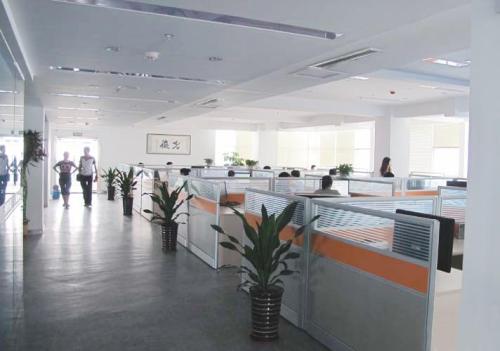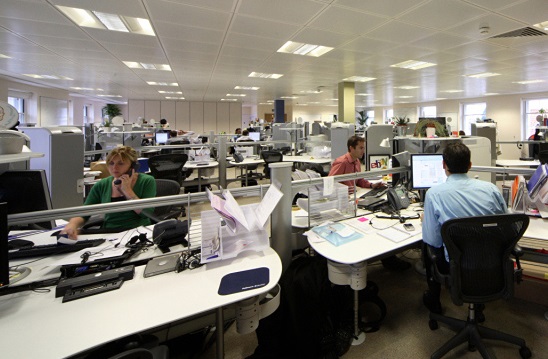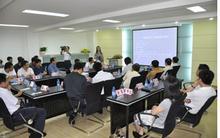上海翻译公司完成医学-医学测试英文翻译
时间:2018-05-02 08:28 来源:未知 作者:dl 点击:次
上海翻译公司完成医学-医学测试英文翻译
Things to do before starting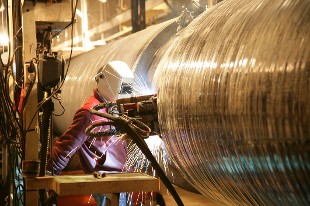 · miRInform® Lysis Buffer may form a precipitate upon storage. Warm the bottle at 40-42°C for 15 minutes or until the precipitate has fully dissolved. · Equilibrate Acid Phenol Chloroform (APC) to room temp (18 - 25 °C). · Prewash Buffer and Wash Buffer bottles are supplied as concentrates. Before using the first time, add the appropriate amount of 100% ethanol (28 mL for Prewash buffer and 100 mL for Wash Buffer). · Assemble filter baskets with column extender sets and attach to vacuum manifold. For each sample, label the syringe barrel and 2 collection tubes with the sample ID. Prepare the required amount of miRInform Lysis Buffer Number of samples to be processed_____ x 5.5 (miRInform Lysis Solution) = __________ml (Total volume of miRInform Lysis buffer required) Number of samples_____x 38.5 µl (BME)= __________ µl BME to add to Lysis Buffer · For each sample, label a 15 ml tube with sample ID and prefill with 5mL of Lysis Buffer / BME solution. Incubate the aliquots in a 37°C incubator until use so that the Lysis buffer does not precipitate. Important: a) Perform lysis steps at room temp (18 - 25 °C) and do not place the sample on ice at any time during the procedure. Lysis buffer contains high salt and will precipitate if placed on ice. b) All centrifugation steps are performed at 10,000 x g (RCF) and 22C +/- 2°C Procedure 1. Briefly vortex the sample and transfer contents into a prefilled 15 ml tube (with prepared lysis buffer and BME added) by pouring and vortex the 15 ml tube briefly to mix. Use ~1 mL of the vortexed solution to rinse out the original specimen vial to collect any remaining specimen and add back to the 15 ml tube. Repeat if needed. 2. Immediately vortex tube to thoroughly mix the sample with lysis buffer. o Note: If a clot or small tissue clump exists after vortexing, repeat vortex step again until the sample has sufficiently mixed with lysis buffer. 3. Add 6 mL of Acid Phenol:Chloroform (APC) at 18 – 25 °C. 4. Invert tube 2-3 times and then vortex for 30 seconds to mix. Incubate at 18 – 25°C until a separation into organic and aqueous layer is observed (usually 5 to 10 min). 5. Centrifuge for 15 minutes at 10,000 X g at 21 ± 2 °C in Beckman Allegra (or equivalent. 6. Pre-add 3 µL of glycogen (5 mg/mL) to 50 ml conical tubes. 7. Remove approximately 85 to 90% of the aqueous layer without disturbing the interphase or organic phase and transfer to 50 mL conical tube with glycogen and record the volume of extracted aqueous layer in table on third page o Note: If a sample does not separate, add .5 mL of nuclease-free water and centrifuge again. o Troubleshooting point: if sample has a persistent large white interface, transfer the aqueous phase (including the white material) and re-spin for 5 minutse at 12K x g in a new 15 ml round bottom centrifuge tube to pellet. Carefully remove supernatant and transfer to a 50 ml conical tube with glycogen. 8. For each sample, add 2.4 volumes of 80% ethyl alcohol, cap tube, invert several times, vortex to mix and record the volume added on the sample information table below. o Note: Be careful to mix thoroughly as it is difficult to evenly mix lysate with ethanol in a conical tube. 9. Transfer contents into the reservoir (syringe barrel) with 25mL pipette or by pouring. 10. Turn on the vacuum to 20 mm Hg to filter the lysates. Stop the vacuum as soon as the lysate/ethanol mixture has passed through the filter to avoid drying the filters. o Note: Do not let the vacuum run for more than 10 seconds after the binding solution has passed through the filters. This will dry out the filters and leave salt deposits which can turn up in final elutions. o Troubleshooting point: if the column clogs, additional columns may be used to bind the DNA/RNA. 11. Add 650 µL of Prewash buffer (small amber bottle) to each reservoir and turn on the vacuum to pass the prewash solution over the filters. Stop the vacuum as soon as the lysate/ethanol mixture has passed through the filters to avoid drying the membranes. 12. Add 650 µL of Wash buffer (clear bottle) to each reservoir and turn on the vacuum to 20 mm Hg to pass the Wash Buffer solution over the filters. 13. Remove filter from manifold and transfer to collection tube and add 650 ul of Wash buffer. 14. Centrifuge for 30 seconds and discard flow through. 15. Add 650 µL of Wash Buffer to the filter and centrifuge for 30 seconds. 16. Discard the flow-through, and re-insert the filter in the same collection tube. 17. Centrifuge for 2 minutes to remove any excess moisture from the filter. 18. Place filter cartridge in a fresh collection tube. 19. Apply 80 µL of heated Elution Buffer (95 ± 2 °C). o Note: Because the high temperature please switch tips between each application and let samples sit for one minute before moving on to next step 20. Centrifuge for 1 minute to collect the eluted TNA. o Note: Do not discard filter cartridges until nucleic acid elution is confirmed. o Important: Before reading samples on Nanodrop, vortex briefly and centrifuge samples at 10,000 x g K for 30 seconds to pellet any fibers from filter membrane that can interfere with Nanodrop analysis (and lead to 5-10 fold overestimation of concentration). Sample Information Table
世联翻译-让世界自由沟通!专业的全球语言翻译供应商,上海翻译公司专业品牌。丝路沿线56种语言一站式翻译与技术解决方案,专业英语翻译、日语翻译等文档翻译、同传口译、视频翻译、出国外派服务,加速您的全球交付。 世联翻译公司在北京、上海、深圳等国际交往城市设有翻译基地,业务覆盖全国城市。每天有近百万字节的信息和贸易通过世联走向全球!积累了大量政商用户数据,翻译人才库数据,多语种语料库大数据。世联品牌和服务品质已得到政务防务和国际组织、跨国公司和大中型企业等近万用户的认可。 |





